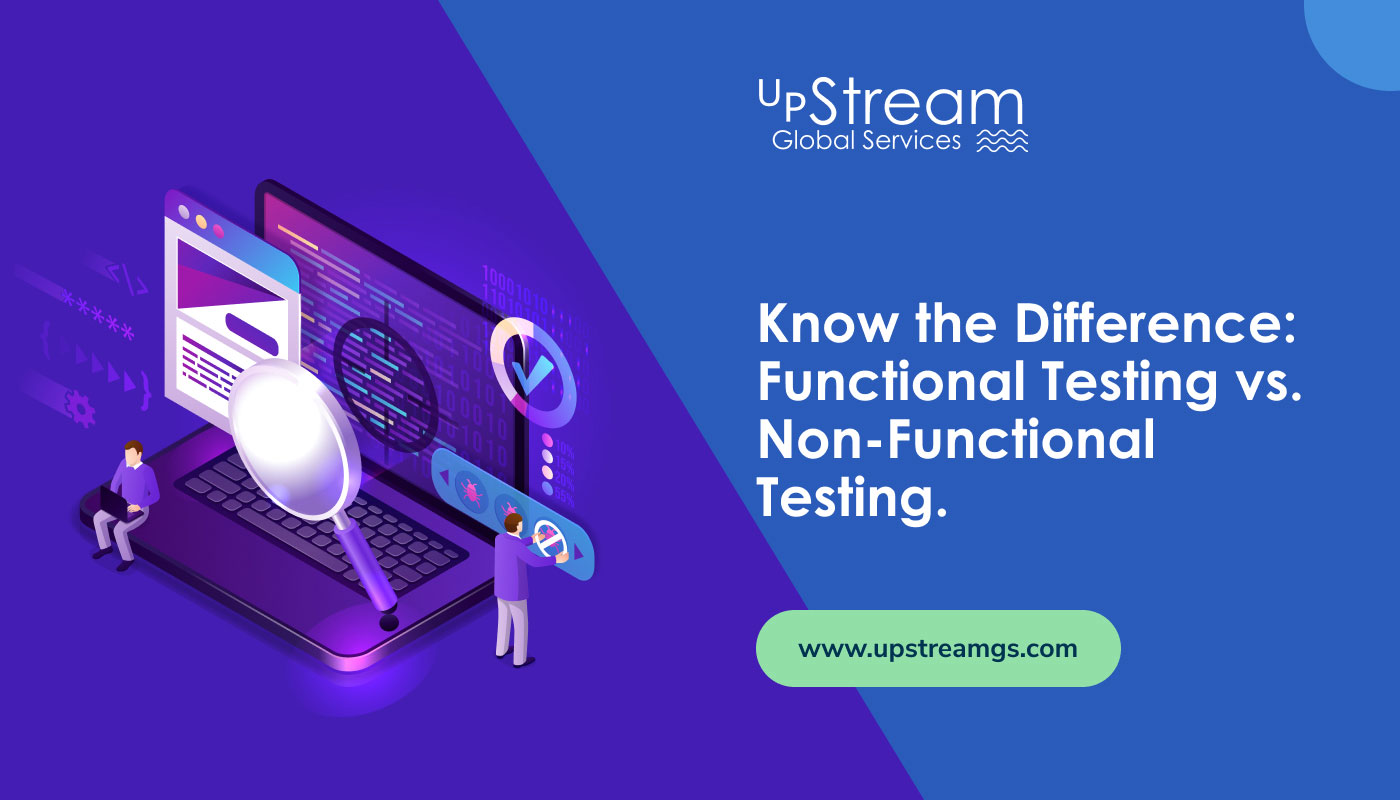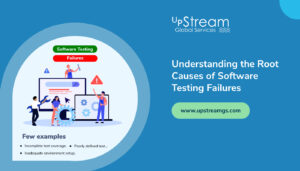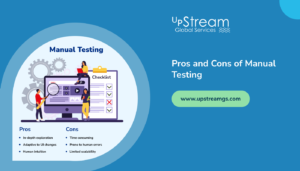Table of Contents
What is Functional Testing?
Validating User Requirements
Identifying Defects and Bugs
Ensuring User Satisfaction
Methodologies of Functional Testing
What is Non-Functional Testing?
Assessing Performance
Ensuring Reliability and Availability
Evaluating Security
Methodologies of Non-Functional Testing
Conclusion
Do you want to know the difference between functional and non-functional testing? If so, you have landed on the right page. In software development and quality assurance, testing is a critical phase to ensure that applications meet the desired requirements, functionalities, and performance standards. Functional and non-functional testing are two types of software testing that contribute significantly to evaluating software systems.
In this blog, we will discuss the key differences between functional and non-functional testing, exploring their objectives, methodologies, and significance in software development.
What is Functional Testing?
Functional testing verifies that the software application behaves according to the specified functional requirements. It evaluates the system’s behavior against expected outcomes and ensures that all features and functionalities perform as intended. The key objectives of functional testing include:
Validating User Requirements
Functional testing aims to validate that the software application meets the defined user requirements and business needs. Test cases are designed based on user stories, use cases, and functional specifications to ensure comprehensive coverage of the application’s functionalities.
Ensuring User Satisfaction
Functional testing aims to ensure a seamless user experience by verifying that the application performs its intended functions accurately, efficiently, and reliably. Organizations can enhance user satisfaction and loyalty by addressing functional issues early in the development lifecycle.
Methodologies of Functional Testing
Functional testing encompasses various methodologies and techniques, including:
- Unit Testing
Testing individual components or modules of the software application to verify their functionality in isolation.
- Integration Testing
Testing the interaction and integration between different modules or components to ensure that they function together as intended.
- System Testing
Testing the entire system as a whole to validate end-to-end functionality and behavior across all components and modules.
- Acceptance Testing
Testing conducted by end-users or stakeholders to validate that the software meets the specified acceptance criteria and business requirements.
What is Non-Functional Testing?
Non-functional testing focuses on evaluating the software application’s performance, reliability, scalability, and other quality attributes beyond its functional behavior. Unlike functional testing, which verifies what the system does, non-functional testing assesses how well the system performs under various conditions. The key objectives of non-functional testing include:
Assessing Performance
Non-functional testing evaluates the performance characteristics of the software application, such as response time, throughput, and resource utilization, under different load conditions. Performance testing techniques, including load testing, stress testing, and scalability testing, help identify performance bottlenecks and optimize system performance.
Ensuring Reliability and Availability
Non-functional testing assesses the reliability and availability of the software application by testing its ability to handle failures, errors, and interruptions gracefully. Techniques such as reliability testing and fault tolerance testing help identify potential weaknesses and vulnerabilities in the system architecture.
Evaluating Security
Non-functional testing includes security testing techniques aimed at identifying vulnerabilities, security loopholes, and compliance issues within the software application. Security testing encompasses various aspects, including authentication, authorization, encryption, and data protection, to safeguard sensitive information and mitigate security risks.
Methodologies of Non-Functional Testing
Non-functional testing encompasses a range of methodologies and techniques, including:
- Performance Testing
Evaluating the responsiveness, scalability, and reliability of the software application under different workload conditions.
- Security Testing
Identifying vulnerabilities, threats, and security risks within the software application to ensure the confidentiality, integrity, and availability of sensitive information.
- Usability Testing
Assessing the user-friendliness, intuitiveness, and accessibility of the software application to ensure a positive user experience.
- Compatibility Testing
Testing the compatibility of the software application across different platforms, devices, browsers, and operating systems to ensure seamless interoperability.
Conclusion
Functional testing and non-functional testing are indispensable components of software testing lifecycle, each serving distinct purposes in evaluating the quality, functionality, and performance of software applications. While functional testing focuses on verifying the correctness of functionality against specified requirements, non-functional testing evaluates the performance, reliability, and security attributes of the software beyond its functional behavior.
By integrating both functional and non-functional testing practices into the software development process, organizations can ensure the delivery of high-quality, reliable, and user-friendly software applications that meet the evolving needs and expectations of end-users.







